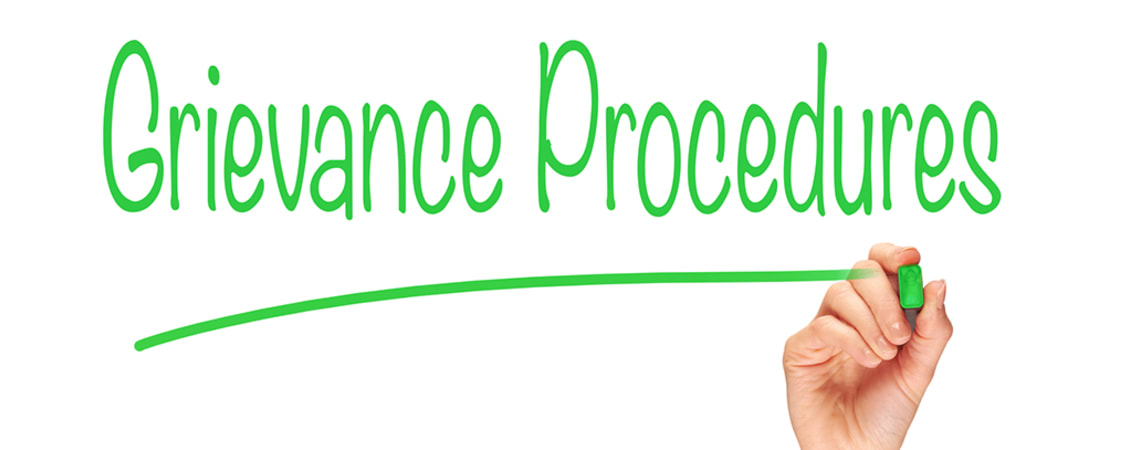Article
Top 10 tips for implementing a company grievance procedure
Article
Top 10 tips for implementing a company grievance procedure
8 Nov 2017
3 minute read
In light of recent harassment claims, we give our top 10 tips for implementing company grievance procedures.

You can’t watch the news or open a newspaper at the moment without reading about yet another high profile sexual harassment claim. What is striking is not the number of cases (although that in itself is deeply troubling in this day and age) but the fact that many of these employers, including Westminster Parliament, the Football Association and glittering Hollywood, do not have adequate grievance procedures in place to allow employees to safely raise issues.
It is a legal requirement in the UK for all employers to set out the grievance procedure and share it in writing with all employees. The Advisory, Conciliation and Arbitration Service (ACAS) have a voluntary code of practice which sets out the minimum requirements to achieve a fair grievance procedure. It is wise for employers to base their grievance policy on these guidelines - a tribunal can uplift compensation by as much as 25% if the employee or employer has unreasonably failed to follow the ACAS code of practice.
In response to the growing number of cases hitting the headlines, Theresa May herself has apologised for ‘too many abuses of power’ taking place over ‘too many years’ and has promised to conduct a ‘proper and fair investigation’ of all cases. Parliament are being forced to upgrade their existing procedures to deal with these cases.
These headline grabbing cases shine a light on the importance for businesses of all sizes to have robust grievance and disciplinary procedures.
Our HR Services team have put together their top 10 tips all employers must know about grievance procedures:
- Be prepared – create a simple written grievance procedure based on the ACAS code
- Ensure this procedure is readily available to all employees
- Train up your managers to they are able to deal with grievances and conduct fair grievance hearings
- Encourage employees to try to resolve things informally first. Talking through issues informally can often resolve the situation without it needing to move into more formal procedures.
- If you receive a formal grievance claim, deal with it promptly and investigate
- Hold a meeting with the employee in person to talk through the grievance claim and take meeting notes throughout, providing the employee with a copy of these notes afterwards
- Remember employees have the legal right to have a ‘companion’ at the meetings. Companions can be a trade union representative or a work colleague
- Hearings should be chaired by someone who has not been involved in the case so far i.e. not the person who conducted the investigation, although this is not always possible in a small business
- After any hearing or meeting, inform the employee of your decision in writing as to the next step/appropriate action. An employee can appeal (must be in writing) against the decision and if they do, you should conduct an appeal hearing. Ideally, the appeal should be heard by a more senior manager or by a different manager if this is not possible – the key point is they have not been involved in the case before.
- And finally, follow your grievance procedure to the letter
Need more information? Need help writing a grievance policy? Want to know if your grievance policy follows ACAS recommendations? Looking for advice into how to handle a grievance case? If you have a question or would like advice on anything mentioned in this guide please contact our HR Services team for a free consultation on 01865 292260 or send an email.
Author:

Kerry Whitfield
Need expert advice?
Speak to an expert for advice on
+44-1865 292200 or get in touch online to find out how Shaw Gibbs can help you
Email
info@shawgibbs.com
Author:

Kerry Whitfield
Need expert advice?
Speak to an expert for advice on
+44-1865 292200 or get in touch online to find out how Shaw Gibbs can help you
Email
info@shawgibbs.com
